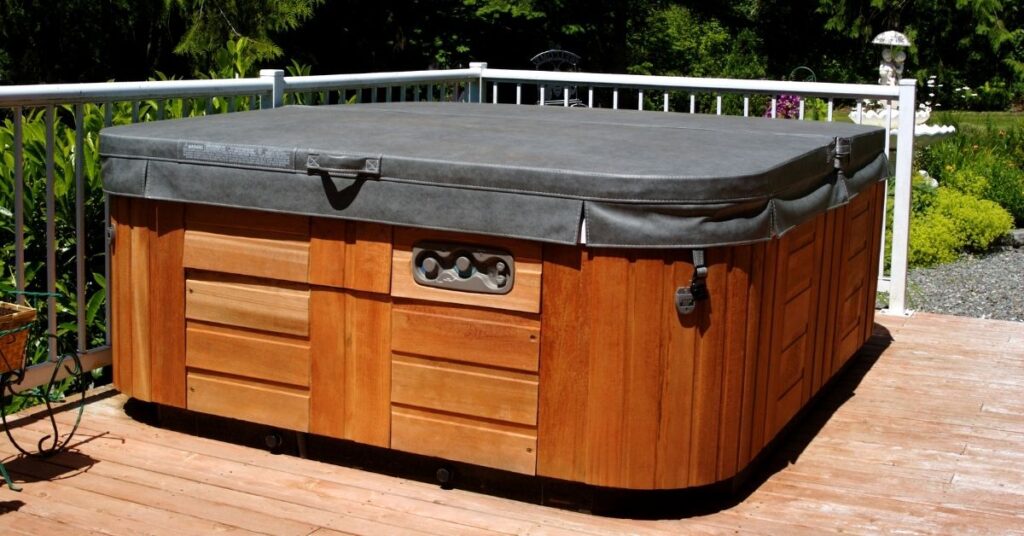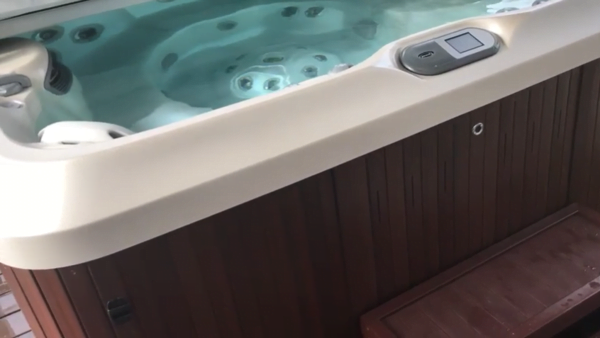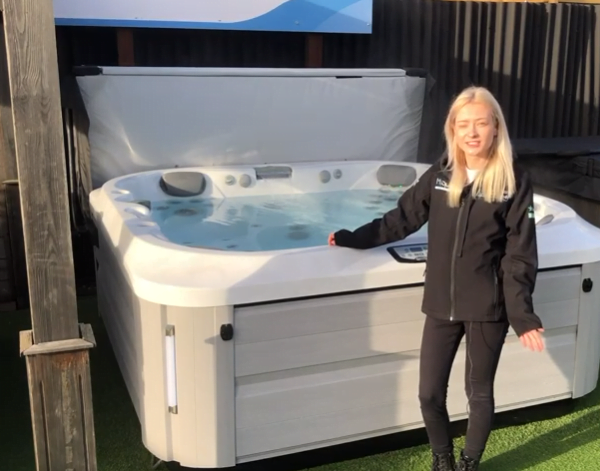If you consider buying a hot tub for your home, this article will help you understand the costs associated with having one installed.
Hot tubs are becoming more affordable with better technology enabling companies to produce a wide range of hot tubs in mass quantities. You'll find plenty of it offered online, and they always seem like a good deal. But then you start to think about the costs associated with having a hot tub installed in your home. The costs of having a hot tub installed can be high, especially if you don't know the proper way of maintaining it without consuming a lot of power. This article will help you understand the costs and give you some advice on running your hot tub more efficiently.
How Much Power Does Your Hot Tub Use on Average?
High-end hot tubs can cost a lot of money. But your hot tub expenses don't stop there. Keeping your water warm and circulating for hours will cost you around $1 a day and $50 a month at the top end of the price range.
The two main parts drawing the most energy are the hot tub's pump and the heating element. The heater consumes between 1,500 to 6,000 watts depending on the brand and size, while the pump uses around 1,500 watts.


The good news is that if you're thinking about buying a new hot tub, it's likely to be energy-efficient because of recent technological advances in heating equipment. Another major cost factor is climate. You might be able to save if you live in warm countries, but you might have to spend more in cold countries.
Factors That Affect a Hot Tub's Power Consumption
How you use your hot tub - along with many other factors such as size, thermostat setting, and outdoor temperature - can also affect your hot tub's power consumption. Here are things you need to consider when running a hot tub:


- Size of the hot tub - bigger hot tubs need bigger, more powerful pumps and heaters. A small heater consumes around 3,000 watts, while a large heater can go up to 7,500 watts
- Thermostat setting - running your hot tub at 40 degrees Celsius uses up more energy than if it were to run at 36 degrees Celsius. Your hot tub's thermostat will tell your heater to stop when your hot tub reaches your desired temperature.
- Outdoor air temperature and wind speeds - your hot needs to work extra hard during cold weather, particularly the heating element. The same is true when winds are blowing over the hot tub. Using a thermal blanket or hot tub cover can help fix the situation.
- The hot tub's insulation quality - your hot tub's ability to retain heat can also affect how much you'll spend on your hot tub. Good quality hot tubs have excellent insulation, but they also cost more. But not having to put your heater on high setting all the time means it will save you more in the long run.
- The quality and fit of the hot tub's cover - having a good cover allows your hot tub to heat up much faster than no cover at all. It prevents hot air from escaping and recirculates it within the hot tub reducing the time it takes for water to heat up.
- Maintaining a base temperature - when not in use, keeping a base temperature of around 5 degrees Celsius below your ideal hot tub temperature setting actually saves more money than turning it on and off every time you want to use it. Unless you plan on using it once a week or twice a month, you're better off leaving it on low settings.
Cost of Water Consumption
Hot tubs need to be drained and filled with fresh water every 3-4 months. The cost of water is dependent on how frequently you drain and fill it.
Get your hot tub's gallon capacity and multiply it by how often you plan on replacing your hot tub's water. Three to four times is the average per year, but yours might be different depending on how often you use the hot tub and how well you're able to keep the water clean in your hot tub.
Let's say your hot holds 245 gallons of water, and you just need to replace it four times a year. That's 980 gallons per year. If your water costs 0.2 cents per gallon, you'll spend $196 for your hot tub water per year.
Cost of Hot Tub Treatment
Think of hot tubs like fish tanks. You need to monitor them for pH levels and keep them sanitized constantly. Chlorine and bromine are two of the most common water treatment systems available, but alternatives are available for those who don't want to use conventional sanitizers. You also need to shock your hot tub every in a while to keep the water crystal clear and germ-free.


A complete set of monitoring strips and chemicals costs $100 and will last about two months. If the pH is too high, the water may be cloudy. If the pH level is too low, the chlorine won't work as well at killing germs. Chlorine levels too low can cause your skin to burn when you take a bath or use a tub, but too high, and you'll scorch your skin.
Conclusion
Running a hot tub costs money, no doubt. But you can certainly lower your consumption by making your hot more efficient and using it the way it's designed to. Sure, it will make you spend some more out of your monthly budget, but the experience is of having a hot tub in the comfort of your own home is well worth it.
